Python Full Stack Developer Course Syllabus You Should Know
4.8 out of 5 based on 7564 votesLast updated on 30th Nov 2023 6.8K Views
- Bookmark

Comprehensive Python Full Stack Developer course covers web development, databases, frameworks, and deployment for a well-rounded skill set.
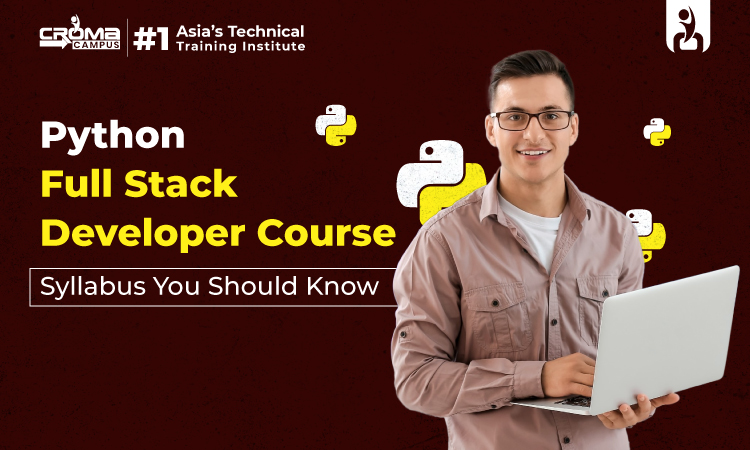
Overview:
Python, popular with Google and Facebook, has as the top language in the past decade. It is versatile and beginner-friendly, ideal for full-stack web apps. Python has three key roles: front-end for design, back-end for data, and full-stack to ensure a seamless user experience.
The career of a Python Full Stack Developer can be demanding yet fulfilling. The appropriate training regimen will help you progress more swiftly if you're up for the task. And, explore our detailed Full Stack Course, diving deep into Full Stack Development (FSD) and its features.
About Full Stack Python Developers
- Full Stack Python Developer - A professional who specializes in creating applications using Python, responsible for designing, coding, testing, and deploying software.
- Skills Needed - Must be skilled in both front-end and back-end development, able to design user interfaces, develop databases, and use HTML, CSS, JavaScript, Django, Flask, MySQL, MongoDB, PostgreSQL, Apache, and NGINX.
- Problem-Solving Skills - Full-stack Python Developers require strong critical thinking skills and the ability to find innovative solutions to challenges.
- Collaboration - They should work well independently and within a team of developers, collaborating effectively.
- Client Interaction - Liaise with clients to understand their needs and provide suitable solutions.
- Qualifications - Ideal candidates should possess the required skills, qualifications, and problem-solving abilities for this role. Consider taking a pay-after-placement Full Stack Developer course to acquire the necessary skills.
Steps to Become a Full-stack Python Developer:
- Learn Python Basics: Begin by mastering the fundamentals of Python, including coding, running code, and grasping key programming concepts. Build a strong foundation in Python before moving to advanced topics.
- Familiarize with Key Python Libraries: As a full stack Python developer, become well-versed in essential Python libraries. Explore pandas, NumPy, SciPy, matplotlib, and seaborn for data science, sci-kit-learn for Machine Learning, and Django, Flask, and Pyramid for web development with Python.
- HTML, CSS, and JavaScript Proficiency: Develop a robust understanding of HTML and CSS, pivotal for defining a website's appearance. Full-stack Python developers should also be skilled in JavaScript, AJAX, and jQuery to create interactive, responsive, and engaging web applications.
- Database Systems Knowledge: Learn about database systems, covering database design, construction, and querying. Acquire expertise in data structures and algorithms for efficient data storage and retrieval.
- Experience with Popular Frameworks: Gain experience with popular Python frameworks like AIOHTTP, CherryPy, Dash, Django, Falcon, etc. This experience enables you to construct robust and scalable web applications and discover best practices in Python development.
- Proficiency in Popular IDEs and code Editors: Acquaint yourself with popular Integrated Development Environments (IDEs) and code editors like PyCharm, Visual Studio Code, and Atom. Utilize these tools to enhance Python application development efficiency and learn best practices.
Enhance your skill set further by enrolling in an online web designing and development course, adding valuable skills to your resume.
Tips for Aspiring Python Full Stack Developers
- Teamwork & Collaboration: Collaborate effectively in a team, communicate well, and work together to solve problems as a Python full-stack developer.
- Long-term Perspective: View your journey to becoming a Python full-stack developer as a long-term commitment. Don't rush; invest time and effort into mastering web development.
- General Knowledge: First Start with generalist knowledge. Understand various web development aspects before specializing in one area, whether it's front-end or back-end development.
- Embrace Continuous Learning: Stay updated with evolving web development trends and technologies, as the field is dynamic. Apply these updates to your projects.
- Gradual Tech Stack Learning: Begin with one tech stack, mastering it before moving on to others. Learning multiple stacks simultaneously can be overwhelming.
- Maintain Clean Code: Ensure clean, well-organized code to facilitate teamwork and collaboration among developers.
- Personal Projects: Develop your own projects to practice and showcase your skills, enhancing your proficiency as a full-stack Python developer.
- Stay Informed: Keep up with Python community news through online resources, forums, meetups, and conferences to expand your knowledge and network.
- Consider Certification: Pursue a Python Certification Course or degree to stand out and deepen your expertise, demonstrating your commitment to potential employers.
Python Full Stack Developer Course Syllabus
Fundamentals
Software Development Fundamentals
- Importance of Frontend
- Syntax
- Debugging
- Tweaking Code
HTML Basics
- HTML Elements
- HTML Headings
- HTML Paragraphs
- HTML Button
- HTML Attributes
- HTML Images
- HTML Hyperlinks
- HTML Containers
- HTML Lists
CSS Basics
- CSS Rulesets
- CSS Properties
- CSS Colors
- CSS Units
- CSS Box Model
- CSS Margins
- CSS Paddings
- CSS Borders
Bootstrap Components
- Carousel
- Embedding Videos
Responsive Website Design
Intermediate CSS
- Block vs inline elements
- CSS Selectors
- Class Selector
- Id Selector
- Type Selector
- CSS Specificity
- CSS Inheritance
- CSS Cascading
Bootstrap
- Bootstrap Grid System
- Container
- Row
- Column
- Bootstrap utilities
- Display utilities
- Flex utilities
- Sizing utilities
- Spacing utilities
- Navbar
- Buttons
- Colors
Programming Foundations with Python
Fundamentals of Programming
- Operators, Datatypes & Variables
- Strings & Numbers
- Conditional Statements
- Loops
- String Methods
- Functions
Introduction to Databases
Relational Databases
- Introduction
- SQL
- Aggregation, Relationships, Join
- Querying
- ACID Properties
Functions & Data Structures
- Recursion
- Lists and List Methods
- Tuples & Sequences
- Sets & Dictionaries
Object-Oriented Programming
- Classes & Objects in Python
- Attributes & Methods
- Inheritance & Polymorphism
Working with Python Standard Library
Developer Fundamentals
1. Introduction to OS & Networks
- Overview of OS Concepts
- Networks & Internet
- Network Layer
- Application Layer
- Web Servers
2. Working with Command Line
- Files & File System
- Managing System Packages
- Environment Variables
- Network & SSH
3. Collaborating with Git
- VCS & Git Repositories
- Staging Area & Commits
- Working with Branches
- Issues & Pull Requests
Java Full Stack
1. Java Fundamentals
- Data Types, Variables & Operators
- Reading Input & Formatting Output
- Conditions & Loops
- Arrays
- Java Collections
2. OOPS with Java
- Classes & Objects
- Attributes & Methods (Instance, Static, Class)
- Abstraction
- Inheritance
- Public, Private, Protected Scopes
- Encapsulation
- Method Overloading & Overriding
- Interfaces
- Polymorphism
- Generics & Exceptions
- Multi-threading
- Important Design Patterns
3. Backend with Spring Boot
- Overview of Spring Framework
- Building Java Projects with Maven/Gradle
- Building REST APIs with Spring Boot
- Consuming RESTful Web Services
- Working with Relational Data using JDBC
- JPA and Hibernate
- Uploading Files & Validating Form Inputs
- Writing Unit Tests
- Overview of Spring Batch
- Overview of Spring Integration
- Overview of Spring Cloud
- Overview of Spring AOP
Dynamic Web Applications
1. Introduction to JavaScript
- Data Types
- Variables
- Basic Operators
- Conditionals
- Loops
- Functions
- Arrays
- Objects
- Control Flow
- Comments
- Math Function
2. DOM Manipulation
- The JavaScript Console
- Introduction to the DOM
- Defining the DOM
- Select and Manipulate
- Important Selector Methods
- Manipulating Style
- Manipulating Text and Content
- Manipulating Attributes
- Local Storage
Forms
- The form element
- The label element
- The input element
- The option element
- The optgroup element
- The button element
- The select element
- The textarea element
- Form validations and Input Validations
1. Array Methods
- Adding & Removing Elements
- Push
- Unshift
- Splice
- Pop
- Shift
- Finding Elements
- Find
- IndexOf
- Concat
2. Events, Fetch & Callbacks
- How to add Event Listeners?
- Callbacks
- Schedulers
- SetTimeout
- ClearTimeout
- SetInterval
- ClearInterval
Hypertext Transfer Protocol (HTTP)
- HTTP Requests using Fetch
- HTTP Responses
- Working with JSON data
Intermediate JavaScript
1. Rest parameters and spread syntax
- De-structuring Arrays
- De-structuring Objects
2. More Objects
- Constructor Functions
- Factory Functions
- Constructor Method
- New keyword
3. Prototypes & ES6 Classes
- Built-in Constructor Functions
- Constructor Property
- Inheritance
- This in classes
4. This
- This in methods
- Window scope
- This in function declarations
- This in events
- Asynchronous JS
- Async/Await
- Promises
- Scope & Hoisting in JavaScript
Intermediate Responsive Web Design
1. CSS Layout
- CSS Flexbox
- Display
- Ex-wrap
- Ex-grow
- Ex-direction
- Ex-ow
- Ex-shrink
- Justify-content
- Align-content
- Order
- Align-items
- Align-self
- Sizing Elements
- Overflow
- Box Sizing
- Content Box
- Border Box
2. CSS Media Queries
- Media Query
- Media Types
- Media Features
- Width, min-width, max-width
- Height, min-height, max-height
- Orientation
- Combining Multiple Media Features in a single Media Query
- Logical Operators (and)
- Logical Operators (,)
- Logical Operators (not)
React JS - Getting started
Introduction to React JS
- Why React?
- Stateful + Stateless components
- Hello World
- Introducing JSX
- Rendering Elements
- Components and Props
- State and Lifecycle
- Handling Events
- Conditional Rendering
- Lists and Keys
- Forms
- Composition vs Inheritance
Skills Acquired in a Python Full Stack Developer Course
Upon completing a Python Full Stack Course, you'll gain a diverse skill set that equips you to create robust web applications. These skills include:
- Front-end Development: Proficiency in HTML, CSS, and JavaScript for creating appealing and user-friendly web interfaces.
- Back-end Development: Mastery of server-side technologies such as Python, Django, Flask, or other frameworks to manage data and server operations.
- Database Management: Ability to design, create, and query databases using SQL and NoSQL databases like MySQL, PostgreSQL, or MongoDB.
- Version Control: Knowledge of Git and GitHub for efficient code collaboration and tracking changes.
- Responsive Design: Skill in making web applications responsive and accessible across different devices.
- API Integration: The capability to integrate and utilize external APIs to enhance your web applications.
- Problem Solving: Strong problem-solving skills and logical thinking to troubleshoot issues and optimize code.
- Testing and Debugging: Proficiency in testing web applications and debugging to ensure optimal performance.
- Security Awareness: Awareness of web security best practices to protect web applications from vulnerabilities.
- Soft Skills: Effective communication, collaboration, and project management skills for working in development teams.
- Continuous Learning: A mindset for staying updated with evolving technologies and web development trends.
By acquiring these skills, you'll be well-prepared for a career as a Python Full Stack Developer and capable of developing a wide range of web applications.
You May Also Read:
Python Programming for Beginners
Python Interview Questions and
Answers
Data Science Interview Questions and
Answers
Key Takeaways:
- Full Stack Development Demand: Full Stack Development is a highly sought-after skill in India due to the digital transformation of businesses, offering promising job prospects and competitive salaries.
- Variable Course Durations: The duration of Full Stack Developer Course Online varies based on their depth and content, ranging from months to over a year, providing flexibility for learners.
- Course Costs Vary: The cost of a Full Stack Python Developer course depends on factors like the course provider, specialization level, and additional features. Prices can vary, making it accessible to a wide range of learners.
- Customizable Syllabus: While most courses follow a structured syllabus, it's advisable to inquire with the course provider about customization options to tailor the content to individual needs and goals.
- Diverse Career Opportunities: Completing a Full Stack Python Online Course opens doors to a range of roles, including Full Stack Developer, Web Developer, Software Developer, UI/UX Designer, and more, with ongoing opportunities in this dynamic field.
- Non-IT Learners Welcome: Full Stack Development is accessible to non-IT individuals with dedication, as prior IT knowledge is beneficial but not obligatory. With the right mindset, anyone can learn and excel in this field.
Frequently Asked Questions
Why consider Full Stack Development?
Full Stack Development is a versatile and in-demand skill in India, with significant job opportunities. As per recent job market trends, full-stack developers in India are among the well-compensated IT professionals due to the ongoing digital transformation of businesses. As a result, those looking to start a career in full-stack development can anticipate a promising job outlook and ample growth prospects.
What is the typical duration of a Full Stack Developer Course?
The duration of a full-stack developer course varies depending on the program's comprehensiveness. Generally, courses with more in-depth coverage and practical projects will take longer to complete.
What is the cost of a Full Stack Python Developer Course?
The cost of enrolling in a Full Stack Developer Course can differ based on various factors, such as the course provider, the level of specialization, and additional features. Prices can range from affordable to more substantial investments, ensuring flexibility for prospective learners.
What is covered in the Python Full Stack Developer Course syllabus?
The course syllabus typically includes a comprehensive curriculum covering fundamental web development concepts, front-end and back-end technologies, databases, and hands-on projects. While most courses offer a structured curriculum, it is advisable to inquire with the course provider about any customization options to align the course content with individual needs and objectives.
What career opportunities are available after a Full Stack Python Developer Course?
Upon completing a full stack development course, graduates can pursue diverse roles such as Full Stack Developer, Web Developer, Software Developer, Front-end Developer, Back-end Developer, UI/UX Designer, and more. Full Stack Development is a dynamic field, continually offering new prospects to skilled professionals.
Can a non-IT individual learn Full Stack Development?
Subscribe For Free Demo
Free Demo for Corporate & Online Trainings.
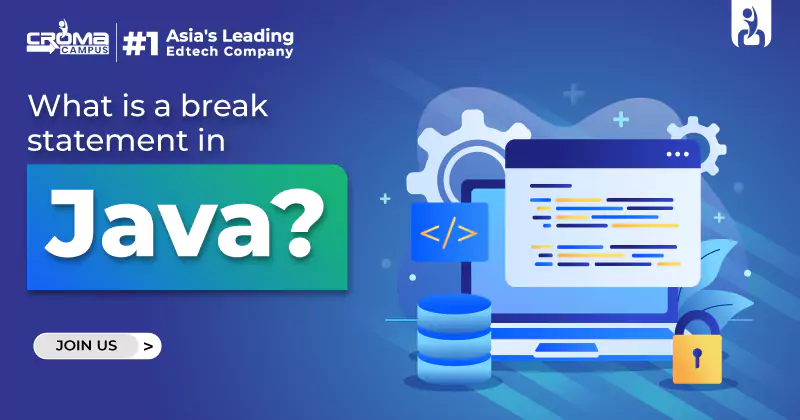
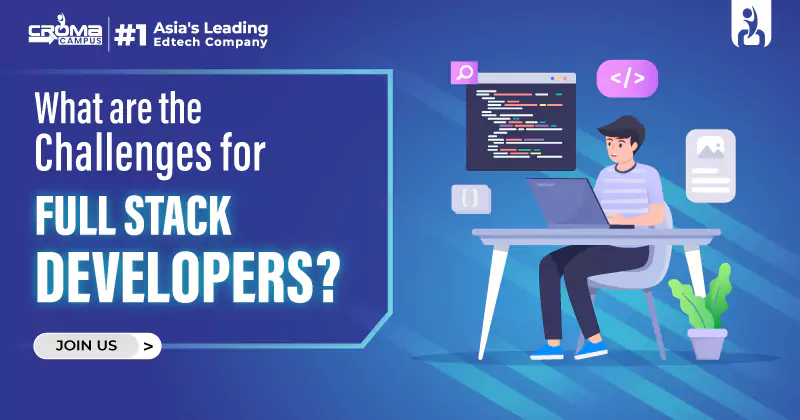
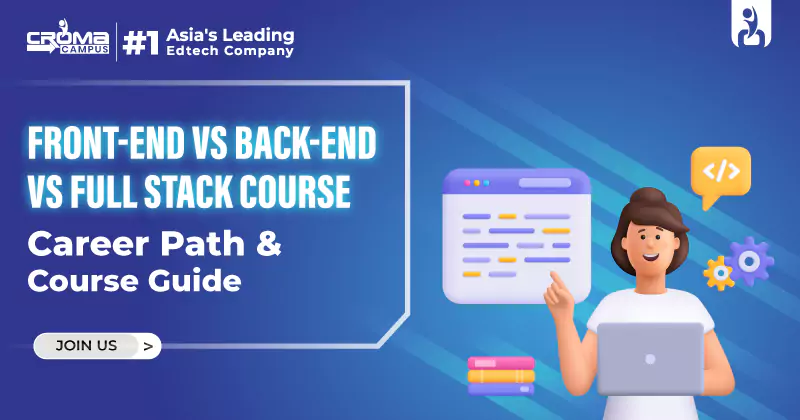

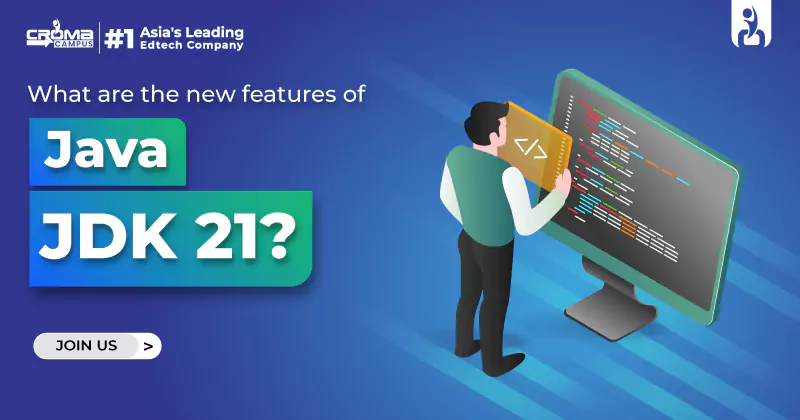


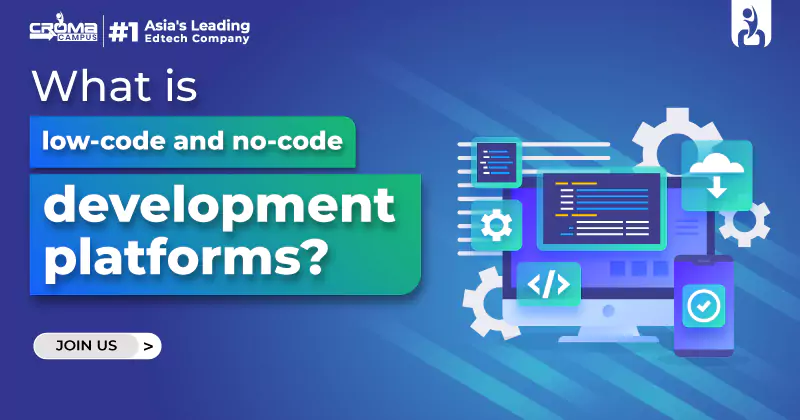
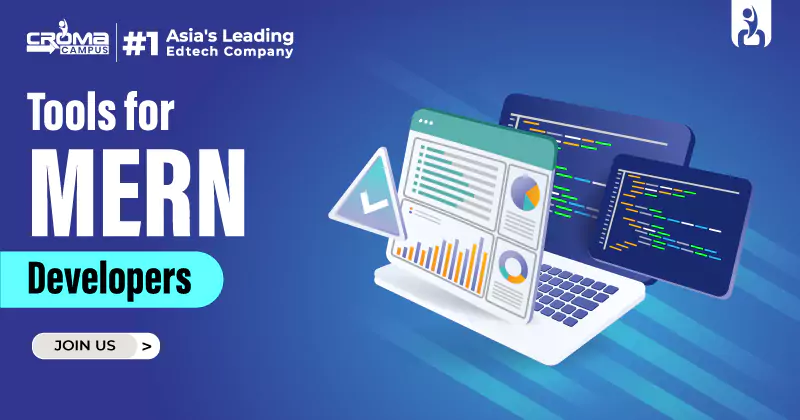
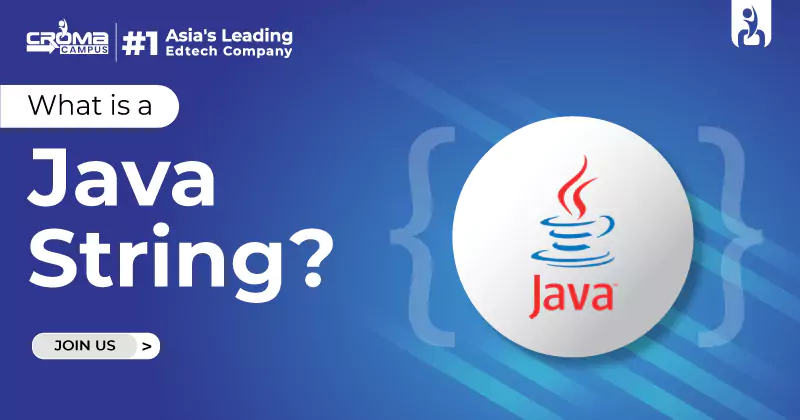
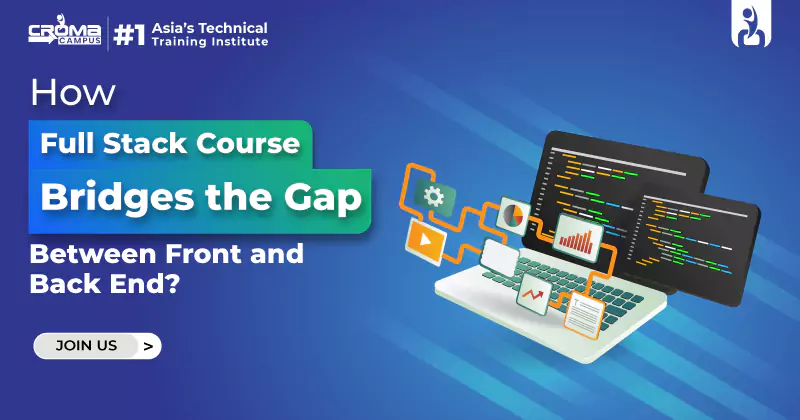
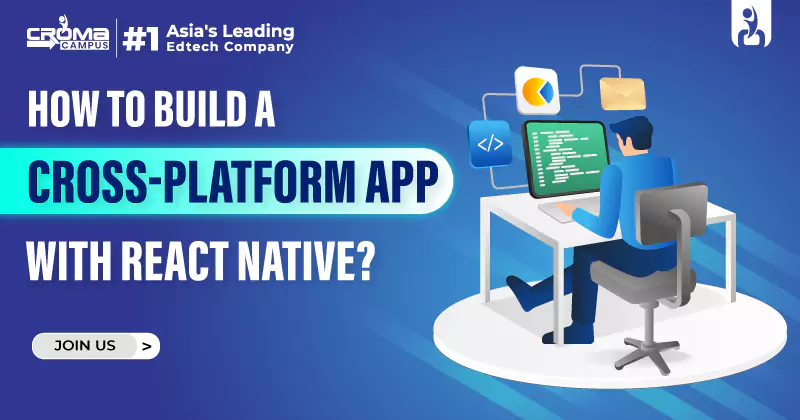













.webp)

.png)















